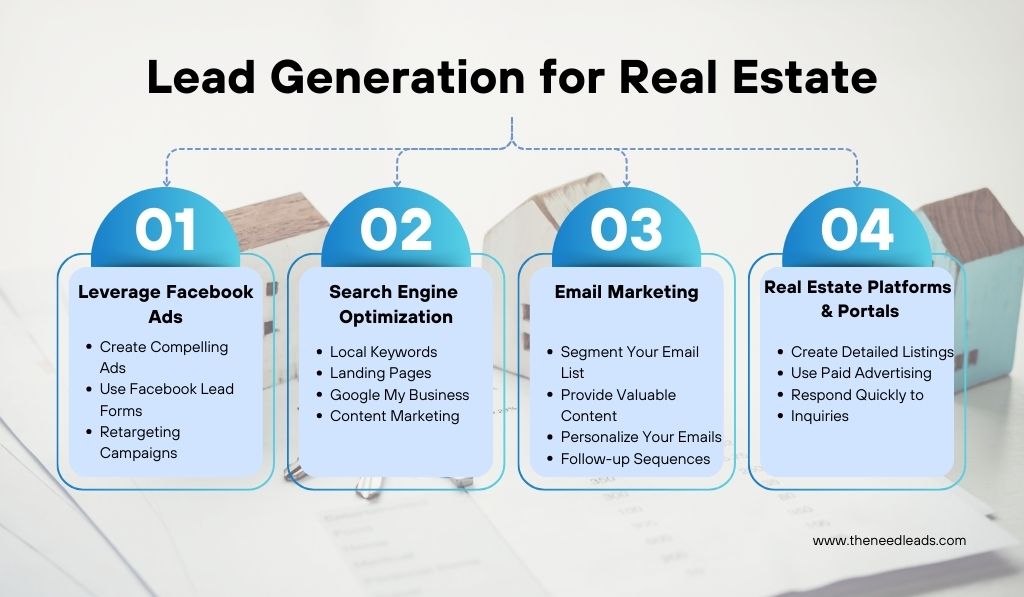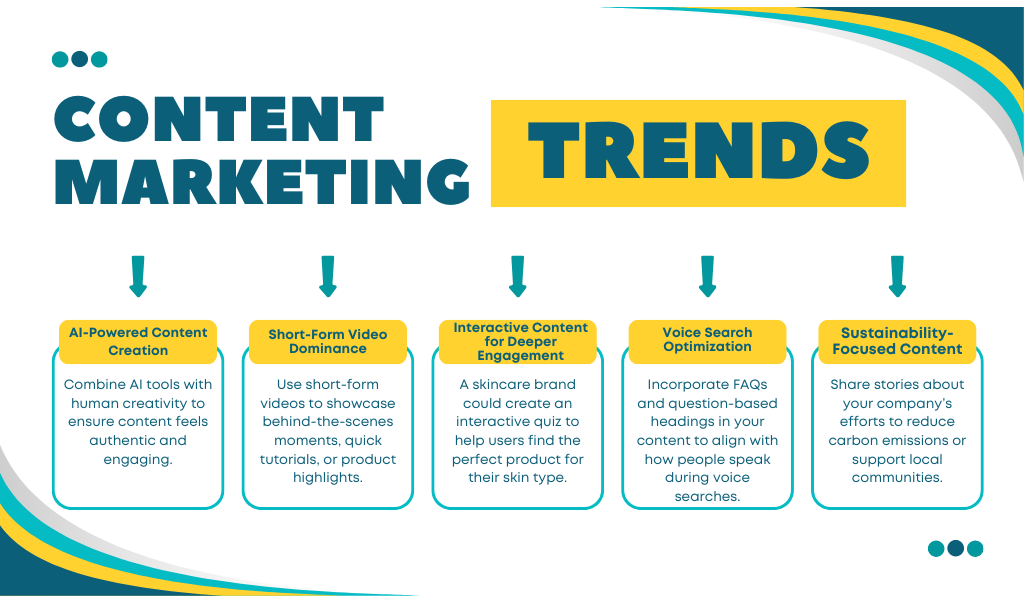Search engine optimization has used broken link building for years. This strategy is still effective for SEO, despite the changes in algorithms and ranking factors. How can broken link building be used to improve your website’s search engine performance? This blog will discuss broken link building, its benefits, and how to use it. We will also discuss advanced techniques you can use to maximize its effectiveness.
Broken Link Building
Broken link building is a SEO strategy which involves finding broken (i.e. Non-functional links on other websites are found and suggested as alternatives that point to the client’s website. This technique assumes that web administrators prefer links that work over broken ones. SEOs can convince webmasters to add a link by providing one that has more value to their content.
How Can Broken Links Be Beneficial?
Broken Link Building Offers Several Key Benefits:
- Replace broken links with your own to get high-quality ones. This will increase the authority of your site and its ranking on search engines.
- Search engines and users will both benefit from fixing broken links.
- Linking to other sites will increase the traffic and audience of your website.
- Broken link building can be a good way to establish relationships with website owners. This could lead to future collaborations.
Broken Link Building: How Does it Still Work?
Broken links are still an effective way to build links despite the changes in search engine algorithms.
1. Relevance: Both the linking site and the linked site benefit from replacing broken links with relevant, high-quality content.
2. Authority Websites which repair broken links demonstrate authority and commitment in maintaining a high quality user experience.
3. Link equity: Increasing the link value of a website is an important factor for search engine rankings.
Advanced Techniques to Build Broken Links
Use these advanced techniques to maximize the effectiveness of your broken links-building efforts.
1. Deep linking: Instead of linking to your homepage, deep linking links to relevant pages on your website.
2. Content Replacement: Offer a replacement for broken links that is more comprehensive, current, or valuable to the audience of linking site.
3. Use keywords : that are relevant to your backlinks and SEO to improve its value.
4. Resource page targetting: Target pages containing resources such as guides, tools or other resources that may contain broken links.
5. Competitor Analysis: Analyze your competitor’s backlink profiles to determine any opportunities that they might have missed.
FAQ
1.Why do you link build?
Link building is a key aspect of SEO. It improves the search engine ranking of a site by increasing its authority.
2. What are the consequences when links break?
Broken Links can have a negative impact on the user experience. They can lead users to dead ends and make navigation difficult.
3. How can you build links?
Guest blogging and influencer outreach are common strategies to link build.
4.How do I identify broken links to build links?
Broken link building is possible by using tools like Check My Links and Broken Link Checker. You can then reach out to the web admins with alternative suggestions.
In conclusion, broken link building remains a valuable strategy for acquiring high-quality backlinks and improving your website’s SEO. By implementing advanced techniques and following best practices, you can harness the power of broken link building to enhance your website’s authority and visibility in search engine results.


























